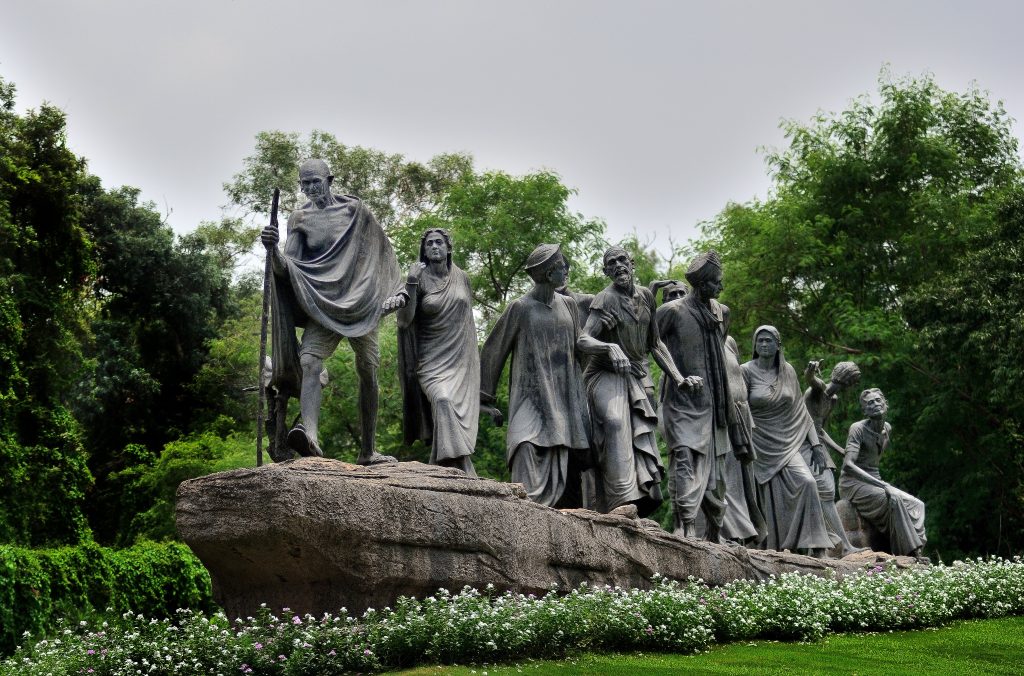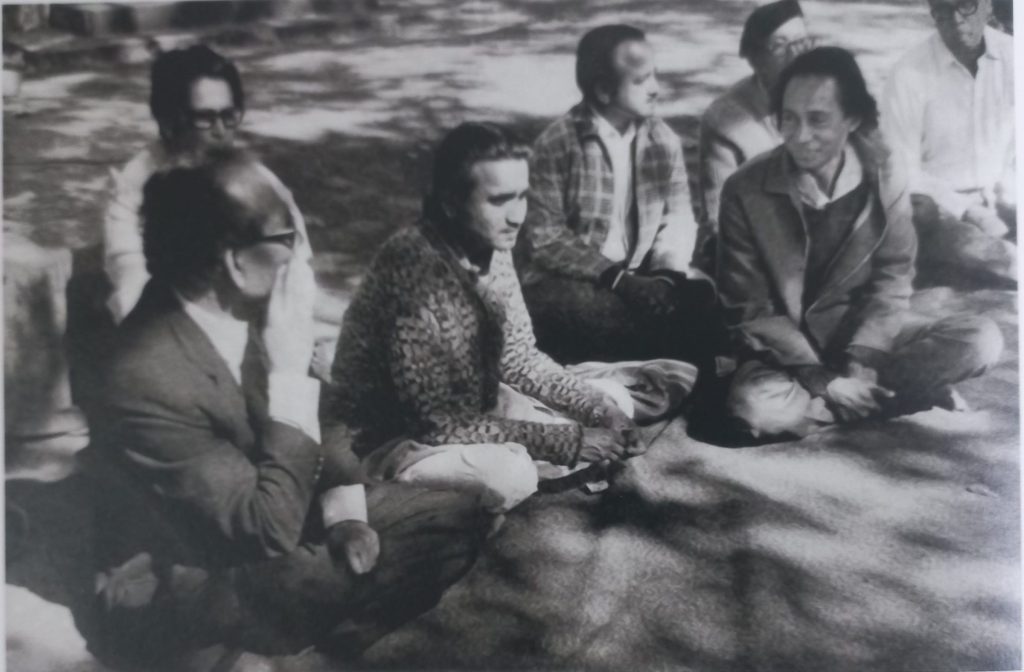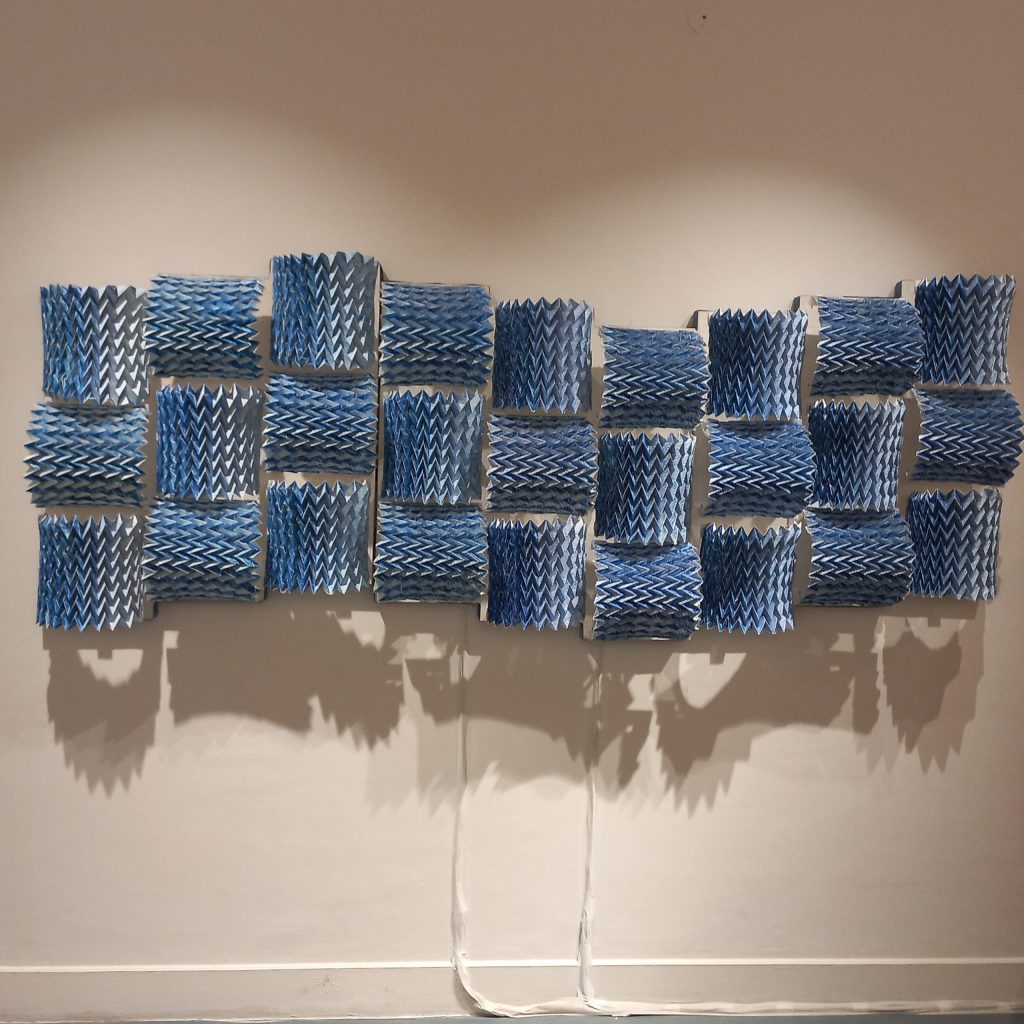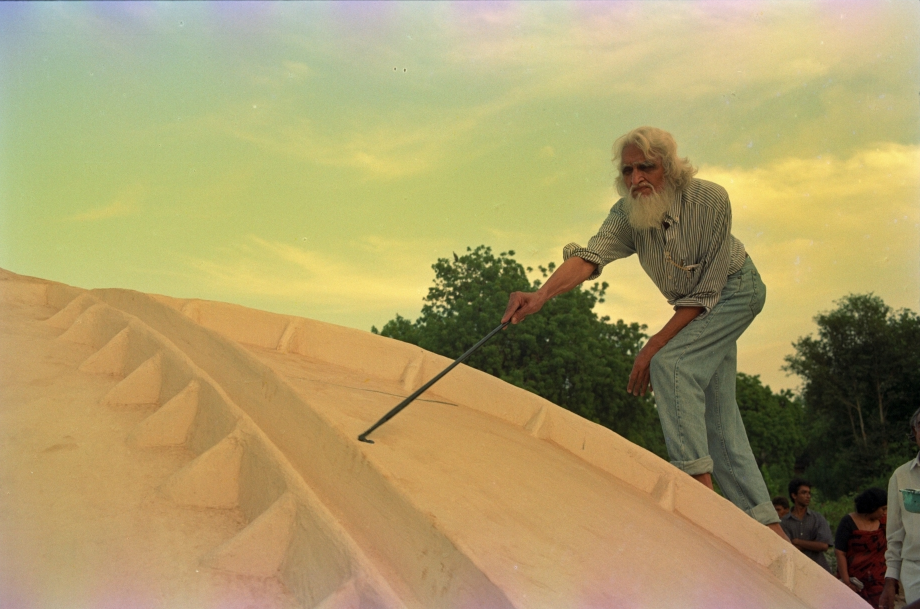Introduction
Mahatma Gandhi, the iconic leader of India’s struggle for independence, is known to the world for his philosophy of nonviolence, civil disobedience, and unwavering commitment to justice. Beyond his role as a political leader, Gandhi’s image and ideals have also permeated into art, inspiring countless artists to capture his essence and his contribution to humanity. In this essay, we will explore some of the most famous artworks featuring Mahatma Gandhi, shedding light on the different perspectives and creative interpretations that have emerged over the years.
Nandalal Bose’s Portraits
Nandalal Bose, a renowned Indian artist, had a deep personal connection with Gandhi. His portraits of Gandhi are characterised by simplicity and an emphasis on Gandhi’s asceticism. The print conveys the Mahatma’s serene yet determined countenance, capturing the spirit of his leadership. Bose’s artworks emphasise the connection between art and spirituality, mirroring Gandhi’s own philosophy.
Mukul Dey’s “The Midnight Arrest”
Mukul Dey, an artist from Santiniketan, created the iconic painting titled “The Midnight Arrest.” This artwork depicts the dramatic moment of Gandhi’s arrest during the Dandi March. Dey’s use of vivid colors and powerful imagery conveys the significance of the event and its impact on the Indian freedom struggle. The painting evokes a sense of historical urgency and the determination of Gandhi and his followers.

Jo Davidson’s Sculpture
The American sculptor Jo Davidson had the unique opportunity to create a sculpture of Mahatma Gandhi during Gandhi’s visit to London for the Round Table Conference in 1930. Davidson’s sculpture captures the essence of Gandhi’s persona, his humility, and his unwavering commitment to nonviolence. The sculpture serves as an example of the global admiration for Gandhi’s principles.
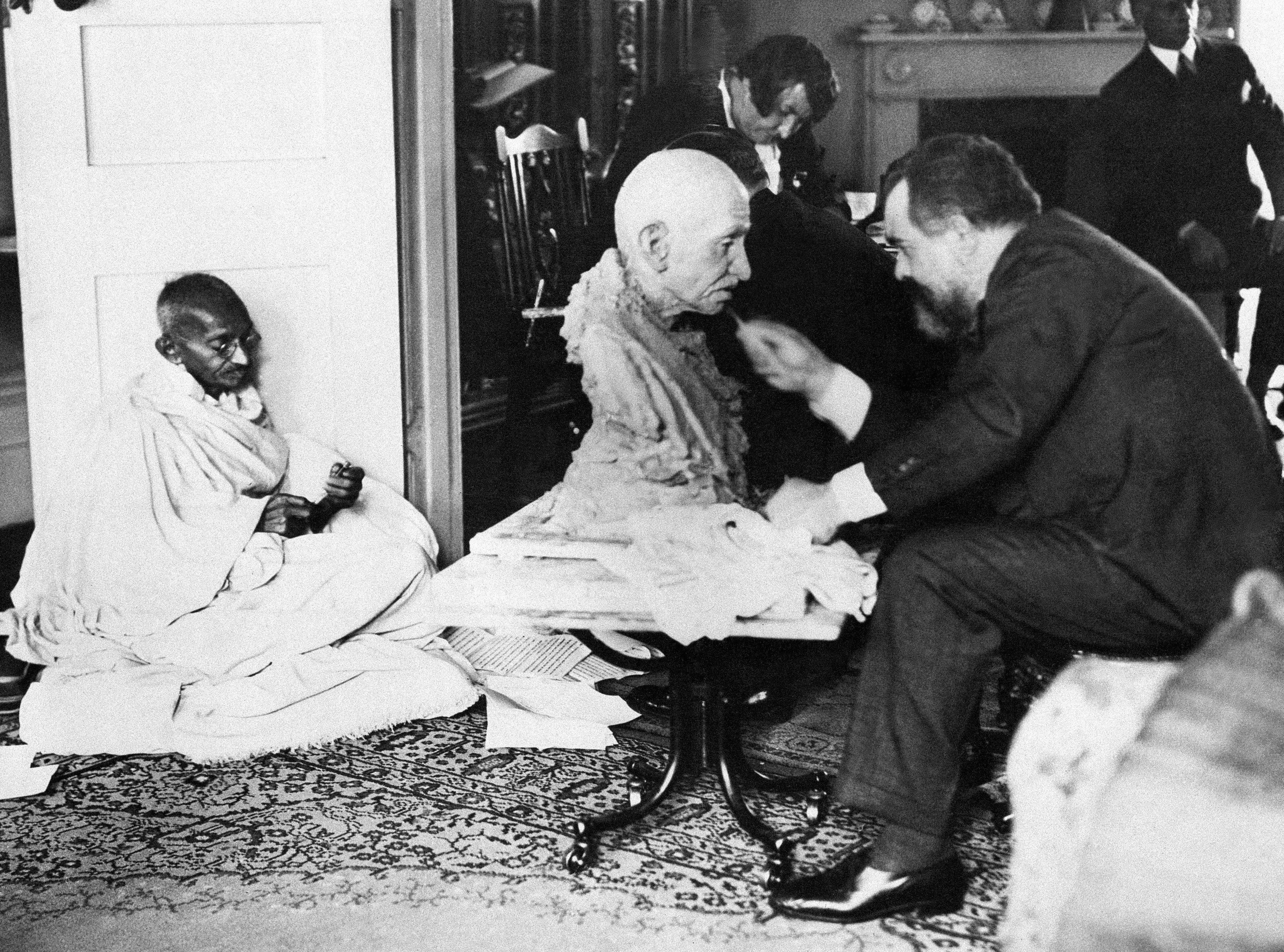
Nandalal Bose’s “Haripura Posters”
Nandalal Bose’s “Haripura Posters” represent a series of artworks created for the Haripura Congress in 1938. These posters, characterised by their simplicity and folk art style, depict scenes from Indian rural life and convey the essence of Gandhi’s vision for a self-reliant and harmonious India. Bose’s artworks emphasise the fusion of art and politics, reflecting Gandhi’s call for the creation of a new national art.

Devi Prasad Roychowdhury’s Gyarah Murti
One standout depiction of the historic Dandi March is the Gyarah Murti, a bronze sculpture that freezes a pivotal moment in time and has become an enduring landmark in Delhi. The sculpture masterfully captures the essence of the march, conveying a sense of movement, urgency, and determination through its various characters. Tragically, Devi Prasad Roychowdhury, the artist behind this masterpiece, passed away before he could complete it. However, his wife and students took up the mantle and worked together to finish this remarkable endeavour.

S. H Raza’s Art and Gandhian Influence
S. H Raza, the renowned artist, was profoundly influenced by Mahatma Gandhi’s philosophy, despite never having had the chance to meet him. His initial encounter with Gandhi occurred when he was just eight years old, as the Mahatma addressed a public gathering in Raza’s village during India’s struggle for independence. Even as his family members chose to move to Pakistan after the partition, Raza remained steadfast in his commitment to India, feeling that leaving would betray Gandhi’s ideals. Throughout his long career as an artist, Raza consistently incorporated words and phrases associated with Gandhi into his work. In 2013, Raza paid tribute to Gandhi through a series of seven paintings, reflecting the enduring impact of the Mahatma’s philosophy on his art.

M.F. Hussain and the Progressive Artists Group
M.F. Hussain, a prominent figure in Indian art, witnessed India’s independence in 1947, marking a turning point in his career. He joined the Bombay Progressive Artists Group, a movement that sought to establish a new language of modern art for the newly independent nation. Having watched both Gandhi and Jinnah speak at rallies in Bombay, Hussain was deeply committed to the ideals that India represented. He developed his signature “thick lines” in art by drawing inspiration from the sculptures of Khajuraho. Hussain’s fascination with Indian subjects and references to the nation’s philosophies often found their way into his controversial paintings. His art reflects his profound connection with India’s political and cultural landscape.
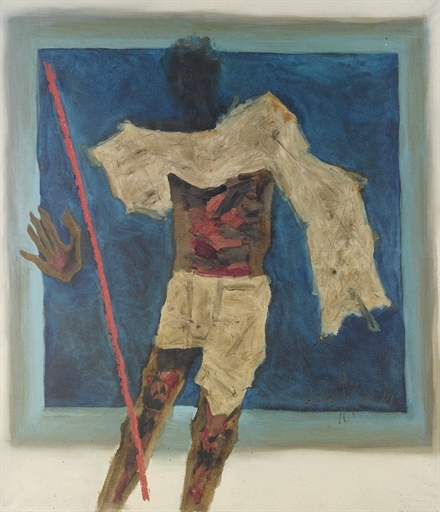
A. Ramachandran’s Gandhi Sculpture
A. Ramachandran’s seven-foot-plus bronze sculpture of Gandhi captures a poignant moment from the Mahatma’s final hours. The sculpture bears a bullet hole on its back, symbolising the tragic end of Gandhi’s life, along with his famous last words, ‘Hey Ram,’ engraved into it. This powerful artwork stands atop a wooden base featuring Albert Einstein’s tribute to Gandhi, carved in bold letters. Ramachandran’s sculpture serves as a moving and evocative homage to the father of the nation, encapsulating the profound impact of Gandhi’s life and philosophy on Indian art.

Conclusion
Mahatma Gandhi’s legacy is known for his role as a global icon of peace, justice, and freedom. Artists from various backgrounds and regions have sought to capture his essence, ideals, and the impact of his leadership on India’s journey to independence. Whether through portraits, sculptures, or posters, these artworks serve as visual reminders of Gandhi’s timeless message of nonviolence and his enduring legacy as one of history’s most inspirational figures. Gandhi’s image in famous artworks continues to inspire generations to strive for justice, equality, and a better world.

Contributor

